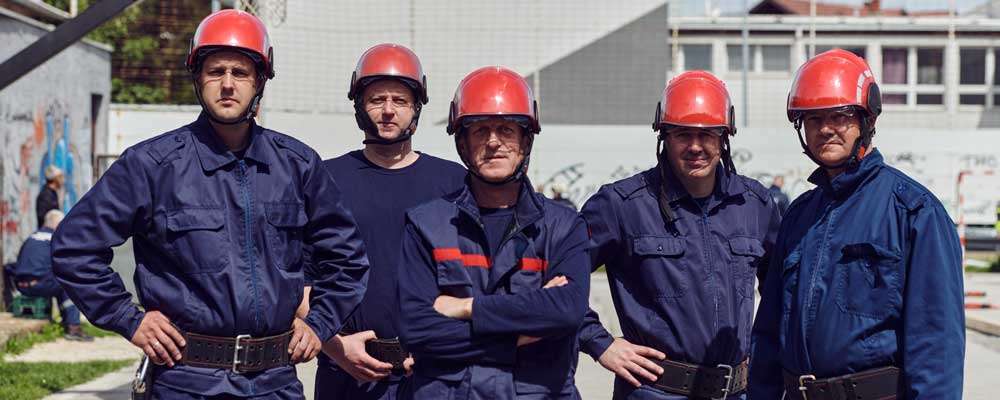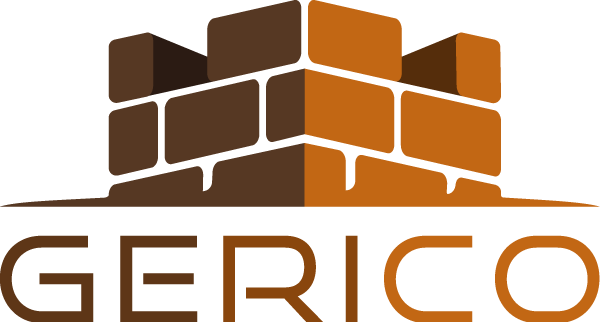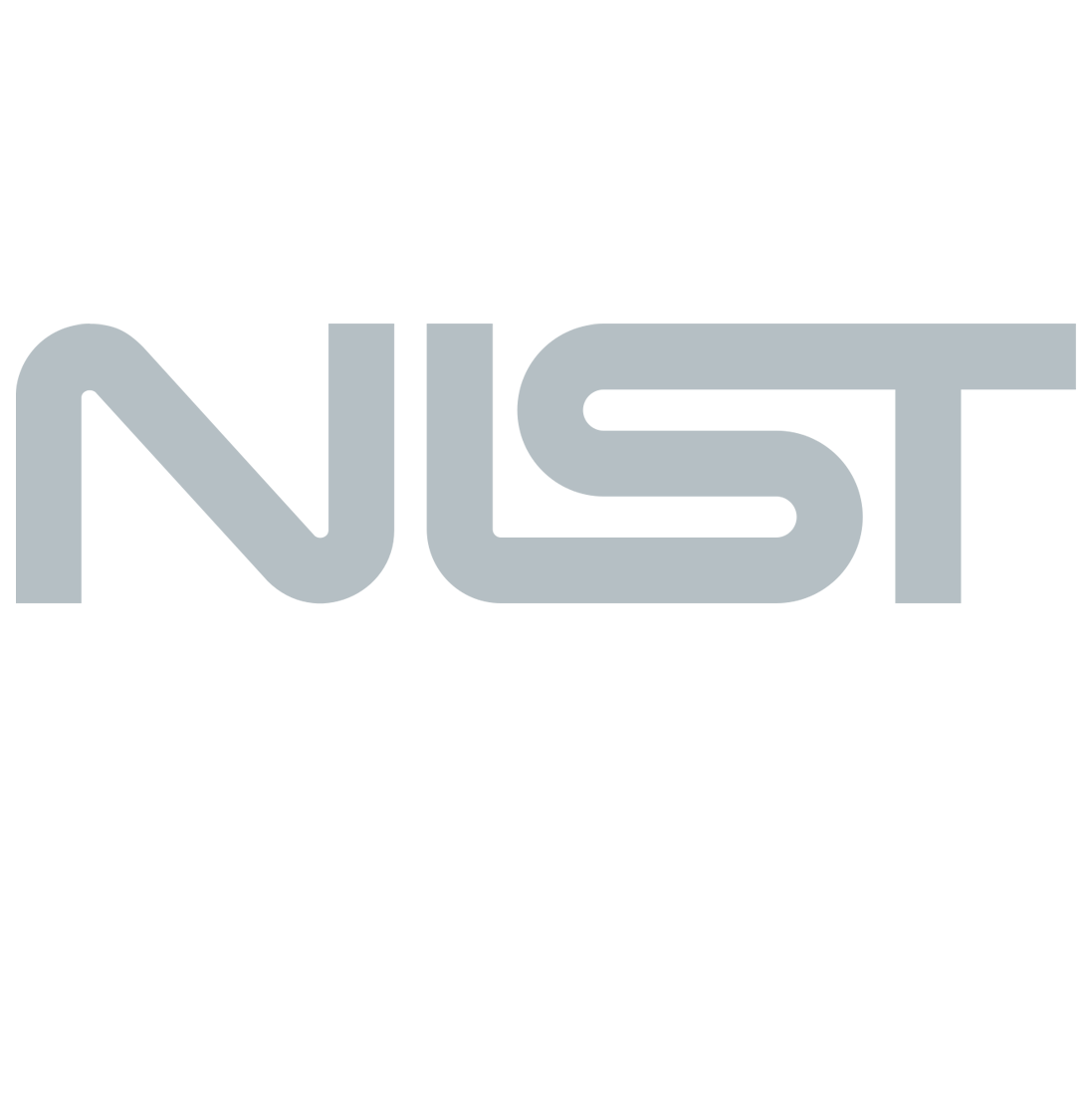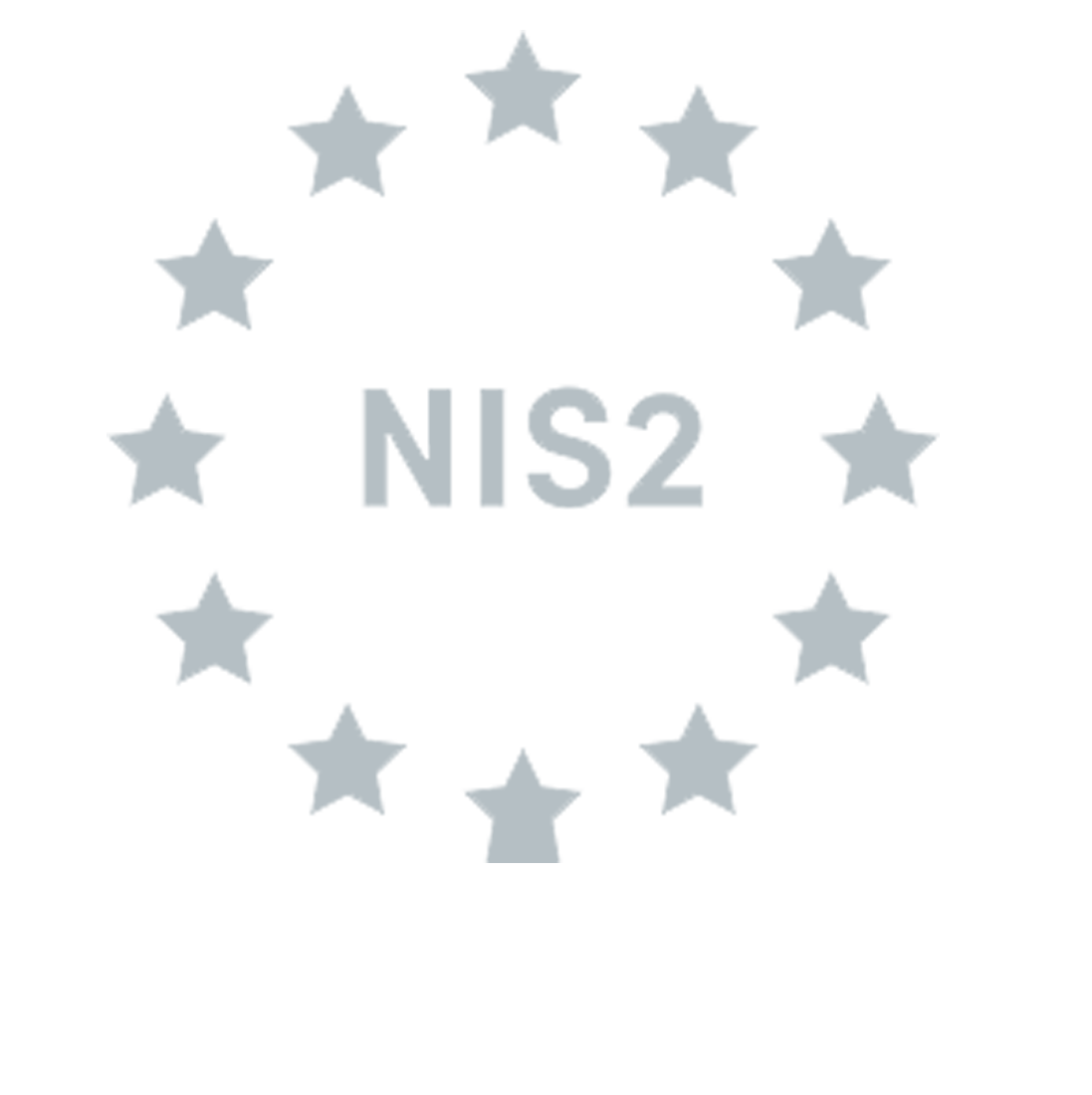Certification

The ISO/IEC 62443 standard aims to establish a secure and reliable working environment for industries by protecting their critical infrastructures and ensuring the continuity of their operations
What is ISO 62443?
With the rise of low-cost electronic devices and increased connectivity, the industrial sector is experiencing a convergence between traditional SCADA architecture and IoT/IIoT (Industrial Internet of Things) devices.
The IEC 62443 standard, also known as the “Guidelines for Industrial Cybersecurity”, was developed to ensure the security of industrial facilities and protect sensitive data used within them. It is specifically designed to mitigate risks related to tampering, cyber threats, and damage in automation and control systems.
IEC 62443 is structured into multiple sections, covering both technical and process aspects of cybersecurity for automation and control systems.
It categorizes cybersecurity requirements based on the role of the stakeholder, including:
- Industrial Operators
- Service Providers (Integration and maintenance services)
- Component and System Manufacturers
Each role follows a risk-based approach to identify, prevent, and manage cybersecurity threats in their respective areas of responsibility.

Certification
What is ISO 62443?
With the rise of low-cost electronic devices and increased connectivity, the industrial sector is experiencing a convergence between traditional SCADA architecture and IoT/IIoT (Industrial Internet of Things) devices.
The IEC 62443 standard, also known as the “Guidelines for Industrial Cybersecurity”, was developed to ensure the security of industrial facilities and protect sensitive data used within them. It is specifically designed to mitigate risks related to tampering, cyber threats, and damage in automation and control systems.
IEC 62443 is structured into multiple sections, covering both technical and process aspects of cybersecurity for automation and control systems.
It categorizes cybersecurity requirements based on the role of the stakeholder, including:
- Industrial Operators
- Service Providers (Integration and maintenance services)
- Component and System Manufacturers
Each role follows a risk-based approach to identify, prevent, and manage cybersecurity threats in their respective areas of responsibility.

The ISO/IEC 62443 standard aims to establish a secure and reliable working environment for industries by protecting their critical infrastructures and ensuring the continuity of their operations

Our approach to
62443
The primary goal of the IEC 62443 standard is to ensure the security of industrial facilities, safeguarding the confidentiality, availability, and integrity of operational data.
GERICO supports businesses in their journey toward compliance with the standard, which defines four increasing security levels:
- Security Level 1 (SL1): Protection against accidental or random security breaches.
- Security Level 2 (SL2): Protection against intentional breaches by attackers with limited resources, minimal system knowledge, and low motivation.
- Security Level 3 (SL3): Protection against targeted attacks by adversaries with sophisticated tools, moderate resources, specific system expertise, and moderate motivation.
- Security Level 4 (SL4): Protection against highly skilled attackers with substantial resources.
Security requirements vary depending on the facility’s criticality and regulatory obligations.
With the rapid adoption of the Internet of Things (IoT) in industrial systems and the rise of Industry 4.0, the cybersecurity landscape for industrial installations is evolving dramatically. As attack surfaces expand, securing operational technology (OT) environments has become more critical than ever.
Therefore, it is essential to protect industrial equipment from malicious tampering while ensuring that core functionalities remain intact.
In this crucial area, GERICO leverages over 20 years of expertise in IT security and industry standards principles long established in the IT sector but only recently gaining traction in industrial system design and operations.











